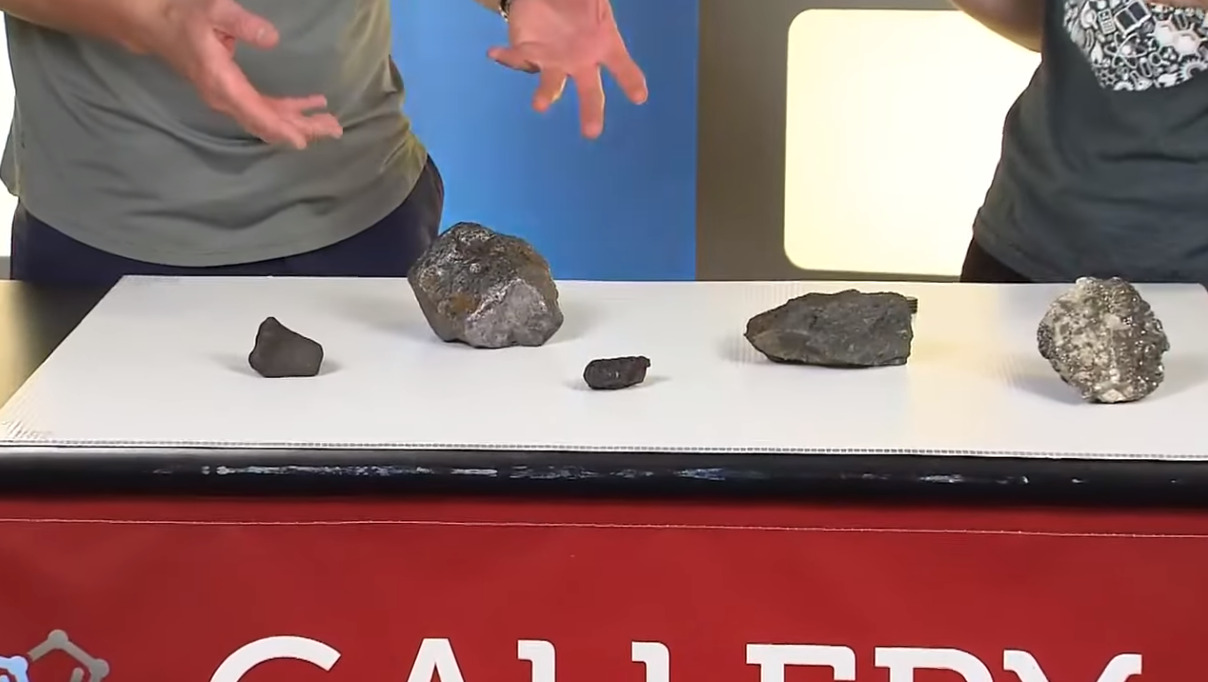Did you know that you can create plastic from something everyone has in their refrigerator? That’s right, you can combine just a few simple ingredients from your kitchen to create plastic milk. I have tested this at home and found some really fun ways to experiment with plastic milk. Keep reading to learn more.
Materials to collect!
- One cup of milk
- 4 teaspoons of white vinegar
- A microwavable bowl or mug
- Spoon or Strainer
- Paper towels
- Adult help
Try it out!
- Ask your adult to heat up the milk until it is hot, but not boiling. You may heat it up on the stove or in a microwave. It should be about the same temperature as milk you would use to make hot cocoa.
- Now ask the adult to carefully pour the milk into the bowl
- Add the vinegar to the milk and stir it up with a spoon for about a minute
- Once the milk and vinegar mixture has cooled a bit, use a strainer to separate the lumps called curds. You can also use a spoon to scoop out the curds by tilting the spoon against the inside of the container to let excess liquid drain out while retaining the curds in the spoon. Collect as many curds as you can and put them on top of four layered paper towels.
- Fold the edges of the paper towel stack over the curds and press down on them to absorb excess liquid. Use extra paper towels if needed to soak up the remaining moisture.
- Knead the curds together to form almost dough like consistency that you can mold into shapes. The plastic will harden in a couple days,
Tip: To shape the plastic, the dough must be thoroughly kneaded. Molds and cookie-cutters work well or, with more patience, the dough can be hand sculpted. Food coloring, glitter or other decorative bits can be added to the wet plastic dough, and dried plastic can be painted or colored with markers.
What is the science?
We call this plastic milk but it technically isn’t plastic at all! Plastics are composed of molecules that repeat themselves in a chain, called a polymer. Instead, you made a substance called Casein. Casein is a molecule of protein in milk that is extracted when the milk meets the acid in the vinegar. Casein molecules will chain together and will act just like plastic.
This process has been used for over 100 years and is the way they used to make plastics before 1945 when synthetic plastics were introduced. Even royalty wore jewelry made from milk plastic many years ago. How cool is that?
Ask your young scientist!
What happens when the milk and vinegar are mixed together?
Why do you think this is?
How do the kneaded curds feel and look different from the original ones?
More to explore!
If you put the curds in a jar or bowl, soaking in vinegar for an hour, you will get a much smoother final product. Plus they are more white if you do this extra step. If you do the extra vinegar soak, once the hour is up, repeat the straining and paper towel drying process again. This time you will notice it is smoother in texture and no longer crumbly.
You could also try more and test out different variations of this experiment. What might happen if you add less or more vinegar? What might happen if you use different types of milk? Maybe even try chocolate milk! See what shapes you can make, and even create gifts for friends and family!
We want to see what you try at home. Share your creation with us on social media by using the #ScienceAtPlay and tagging @CTScienceCenter.

Kaila Ringgard is a Public Programs Educator at the Connecticut Science Center. She holds a degree from University of Massachusetts Amherst in Geology and Liberal Sciences. In her role at the Science Center, she creates and performs demonstrations for visitors that highlight many different fields in science and STEM careers. She is also responsible for taking care of the many reptiles and insects we have onsite, including our butterflies. You can usually find her in our galleries wearing a tie-dye lab coat with fun experiments and often an interesting animal you can meet.


